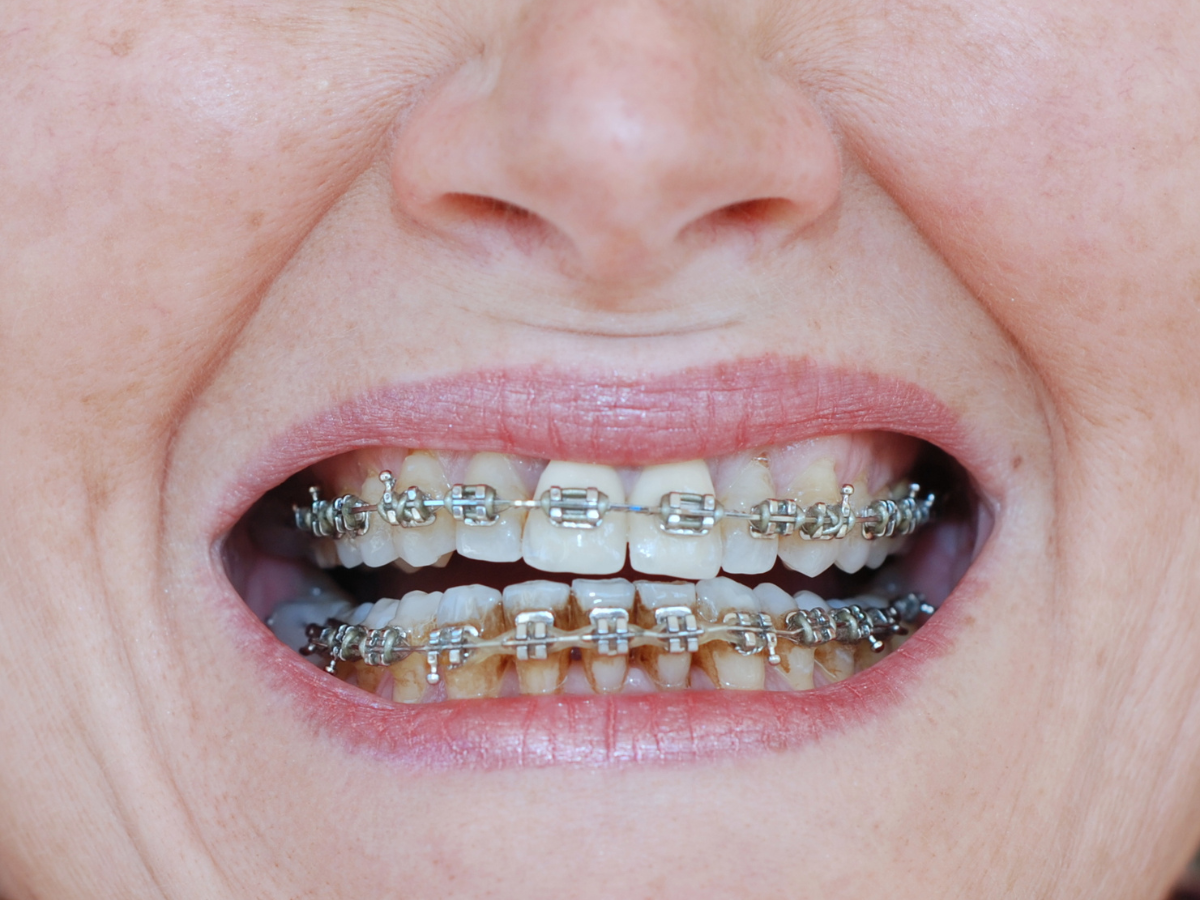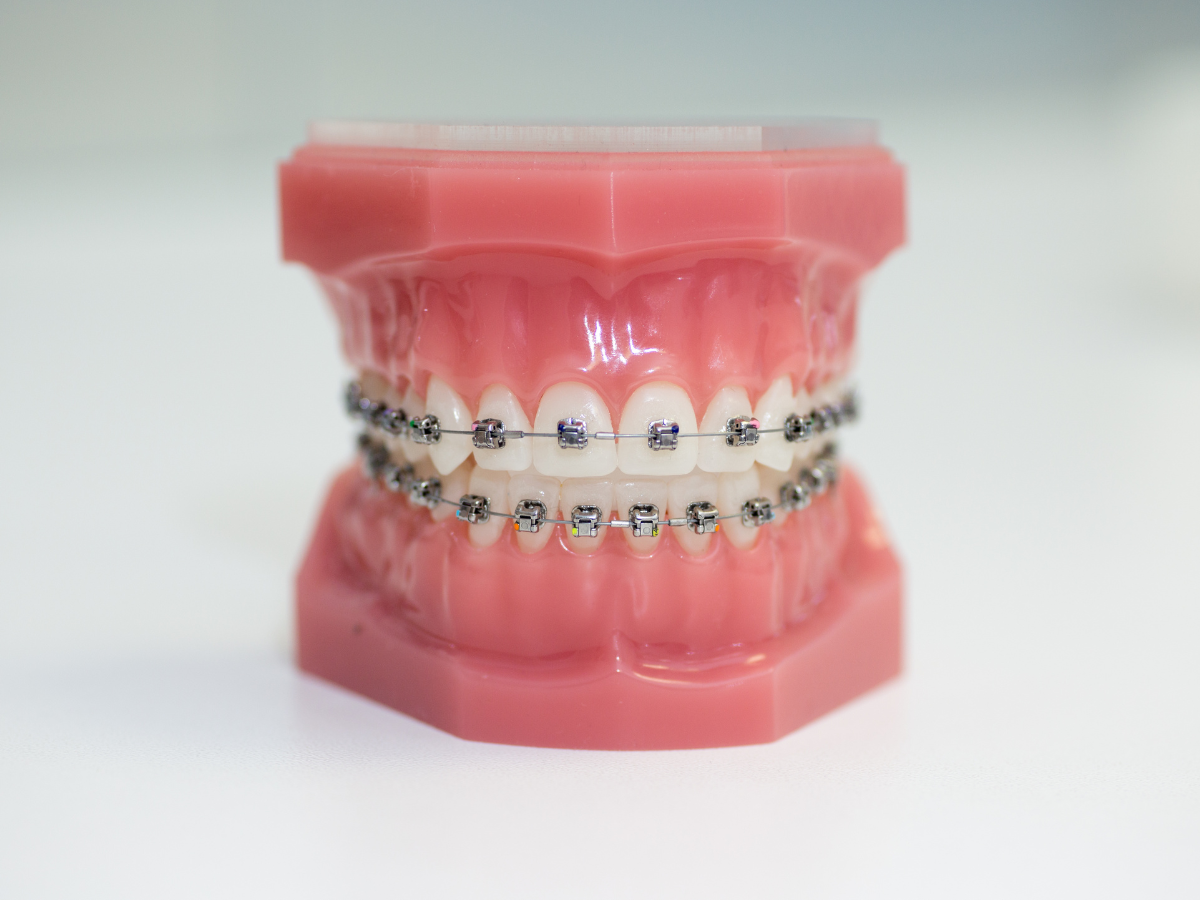Braces have long been a solution for individuals seeking a straighter, more aligned smile. They work wonders in correcting dental misalignments and improving oral health. However, while braces can work miracles for your teeth, they can also create an environment where tooth decay may become a concern.

Understanding Braces and Their Impact on Oral Health
Braces are orthodontic devices used to correct various dental issues, such as misaligned teeth, overbites, underbites, and more. They consist of brackets, wires, and sometimes bands that work in harmony to shift teeth into their desired positions. While braces are a remarkable tool for achieving a perfect smile, they can inadvertently create a few challenges related to oral health.
1. Plaque Buildup
One of the primary concerns during orthodontic treatment is the accumulation of plaque. Plaque is a soft, sticky film of bacteria that forms on the surface of your teeth. With braces, it’s easier for plaque to build up because they create nooks and crannies where food particles and bacteria can hide. When plaque isn’t removed, it can lead to tooth decay and gum problems.
2. Difficulty Cleaning Around Brackets and Wires
Cleaning your teeth effectively becomes a bit more challenging with braces. The brackets and wires create obstacles that can make it hard to reach some areas of your teeth. This difficulty can lead to poor oral hygiene and increased susceptibility to tooth decay.
Signs of Tooth Decay with Braces
Now that we’ve established the potential challenges, let’s delve into the signs of tooth decay that may arise when you have braces.
1. White Spots
White spots on the teeth are often an early sign of tooth decay. These spots, known as demineralization, indicate the loss of minerals from the tooth’s enamel. With braces, these spots can develop around the brackets, where plaque tends to accumulate. They are visible as contrasting white areas on the tooth surface.
2. Sensitivity to Hot and Cold
Increased tooth sensitivity to hot and cold temperatures can be a sign of tooth decay. This sensitivity is often experienced when the decay reaches the dentin, a layer beneath the enamel. Braces can make it challenging to clean teeth thoroughly, which may accelerate the progression of decay.
3. Pain and Discomfort
Toothache and discomfort around the areas with braces might be indicative of tooth decay. Decay can cause irritation and inflammation in the tooth pulp, leading to pain and discomfort that you should not ignore.
4. Dark Spots or Holes
Dark spots or holes on the teeth are a more advanced sign of tooth decay. As the decay progresses, it can create visible damage on the tooth’s surface. Braces can make it difficult to detect these changes early, emphasizing the importance of regular dental check-ups during orthodontic treatment.
Preventing Tooth Decay with Braces
Now that we’ve explored the signs of tooth decay with braces, it’s crucial to understand how to prevent it.
1. Oral Hygiene
Maintaining impeccable oral hygiene is your first line of defense. Brush your teeth after every meal and use interdental brushes or floss to clean between the brackets and wires. Consider an orthodontic toothbrush designed to reach challenging spots.
2. Regular Dental Check-ups
Regular visits to your orthodontist and dentist are essential. They can monitor your progress and detect any signs of decay early on. They may also recommend treatments like fluoride applications or dental sealants to protect your teeth.
3. Dietary Changes
Limit sugary and acidic foods and drinks, as they can contribute to tooth decay. Foods like candies, soda, and citrus fruits can erode enamel and promote decay. Choose tooth-friendly snacks and beverages instead.
4.Fluoride Treatments
Ask your dentist about fluoride treatments, as they can strengthen the enamel and make your teeth more resistant to decay. Fluoride can be applied as a varnish, gel, or foam.
Conclusion
Braces teeth can indeed provide you with a stunning smile, but it’s vital to be aware of the potential signs of tooth decay during orthodontic treatment. White spots, sensitivity, pain, and dark spots are all indicators that you should not ignore. Take proactive steps to maintain your oral health, including rigorous oral hygiene, regular check-ups, and a tooth-friendly diet. By doing so, you can ensure that your journey to a perfect smile is also a journey to a healthier set of teeth. Remember, braces may create challenges, but with proper care and attention, you can mitigate the risks of tooth decay and emerge from your orthodontic treatment with a radiant and healthy smile.



